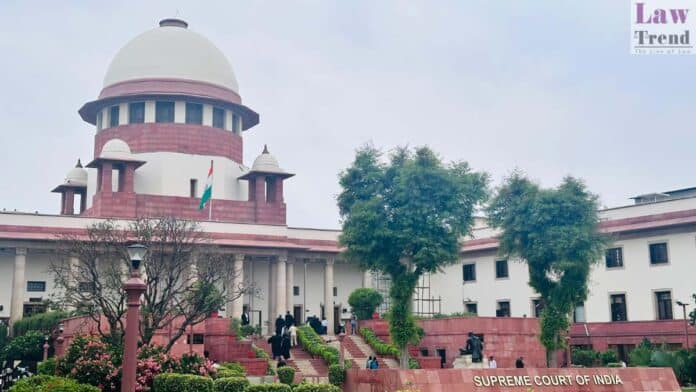The Supreme Court of India is exploring the possibility of extending the hologram-based colour-coded sticker system for vehicles, originally implemented in the National Capital Region (NCR), to all states and Union Territories to address vehicular air pollution more comprehensively. This system, which identifies vehicles based on their fuel type, could soon become a nationwide mandate.
In 2018, the Supreme Court had approved a Ministry of Road Transport and Highways (MoRTH) proposal for implementing light blue stickers for vehicles using petrol and CNG, and orange stickers for diesel vehicles within the NCR. This initiative was part of a broader strategy to facilitate the identification of vehicles by their fuel type, which also includes the date of registration on the sticker.
During a hearing on Friday, presided over by Justices AS Oka and AG Masih, the necessity of enforcing the colour-coded sticker directive was underscored as an essential measure in combating air pollution. The justices mentioned that identifying diesel vehicles is particularly crucial during the activation of the Graded Response Action Plan (GRAP), which is enforced to curb air pollution levels.
The court is considering utilizing its plenary powers under Article 142 of the Constitution to extend this order beyond the NCR, indicating a significant policy shift towards national application. The matter has been scheduled for further discussion on January 15, with the court requesting parties, including the central government, to present arguments regarding this proposed expansion.
Last November, the Supreme Court had sought compliance updates from the Centre, Delhi, and other NCR states on the implementation of the colour-coded stickers, expressing dissatisfaction with the enforcement of its previous directives. It was revealed that more than half of the vehicles in Delhi-NCR lacked the mandatory stickers, despite the clear benefits in controlling pollution.
The initiative was initially suggested to help regulate traffic during high pollution days by identifying and possibly restricting vehicles using fuels that contribute more significantly to air pollution. Following the court’s direction, the Delhi government was tasked with ensuring full compliance, with a noted compliance of placing stickers on about 17-18 million of approximately 27 million vehicles.




